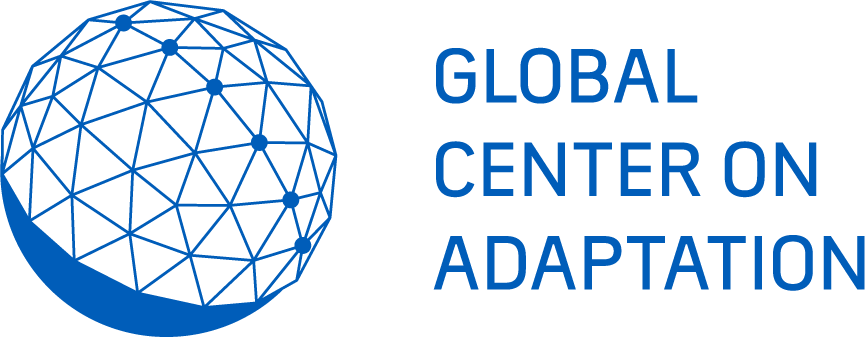Climate Risks and Adaptation Activities
Africa is home to some of the fastest growing populations and urbanization rates in the world increasing its exposure to climate shocks. The current urban population of 587 million is expected to nearly triple to 1.5 billion by 2050, and 22 countries have an urbanization rate greater than 50% (Annex). Many capital cities, especially in North and West Africa, are located along the coast, further exposing them to rising sea levels, flooding, and coastal erosion. Other cities must manage increasing vulnerabilities associated with the rapid influx of refugees and internally displaced populations.
The combination of increasing populations, migration, internal displacement and continued development along coastlines leads to the accumulation of climate risks in cities, posing threats to poverty reduction and other sustainable development goals. To avoid locking in unsustainable levels of exposures and vulnerabilities to climate shocks in cities, it is critical to mainstream resilience into the design and spatial planning of cities, including across critical infrastructure services such as water supply, drainage, energy, and transport.
Adaptation activities in the urban sector involve the provision and protection of a wide range of critical infrastructure services, from roads, water, sewage, drainage, waste management, to power, ICT, and urban greenery. Around 60% of Sub-Saharan Africa’s urban population live in informal settlements that do not meet minimum standards for water and sanitation and are not serviced by the cities’ infrastructure systems. Municipal governments can promote the equitable distribution of infrastructure services through subsidies, mandates and strengthened governance of public and private utilities. Other relevant adaptation activities include the provision of urban green spaces, promoting balanced spatial planning that accommodates for the growing influx of migrants and refugees, as well as capacity building to better understand distributional impacts of climate change through improved data collection and utilization of urban planning tools.
Context of Broader Investment
African cities face a huge investment deficit, hindered by poor quality institutions, lack of decentralization and low levels of fiscal autonomy. There is no reliable estimate on the level of the investment gap, however, as there is limited knowledge and assessment of the existing infrastructure stock and needs. Some research has indicated that around USD 92 billion annually may be required, which is double the level of current urban expenditures estimated at around USD 45 billion.
The Infrastructure Consortium for Africa notes the World Bank and AfDB as the leading financiers of urban infrastructure across the continent, contributing around USD 2.3 billion in 2018. In recognition of the important role that subnational governments can play in supporting Africa’s development goals, AfDB recently set out guidelines for subnational governments to enhance their ability to increase, diversify and better utilize their financial resources. The Bank also established an Urban and Municipal Development Fund in 2020 to support sustainable urban planning, project preparation and financing, secure private capital for infrastructure and develop new financial tools. Applicants from regional member countries may request project-based support via the fund’s regular window or small grants initiative. Complementing these efforts are recently launched initiatives that focus on building cities’ capacities for scaling solutions for urban adaptation, such as the Cities Adaptation Accelerator (CAA), and the Africa Urban Water Resilience Program.
Approximately USD 120 million in adaptation finance tracked to the energy sector in Africa on average annually across 2017-18 from bilateral and multilateral DFIs (80%), international government ODA (11%), and other public funds (9%). Finance tracked to the sector was largely in the form of low-cost project debt (80%) while the remainder was in the form of grant funding (20%).


